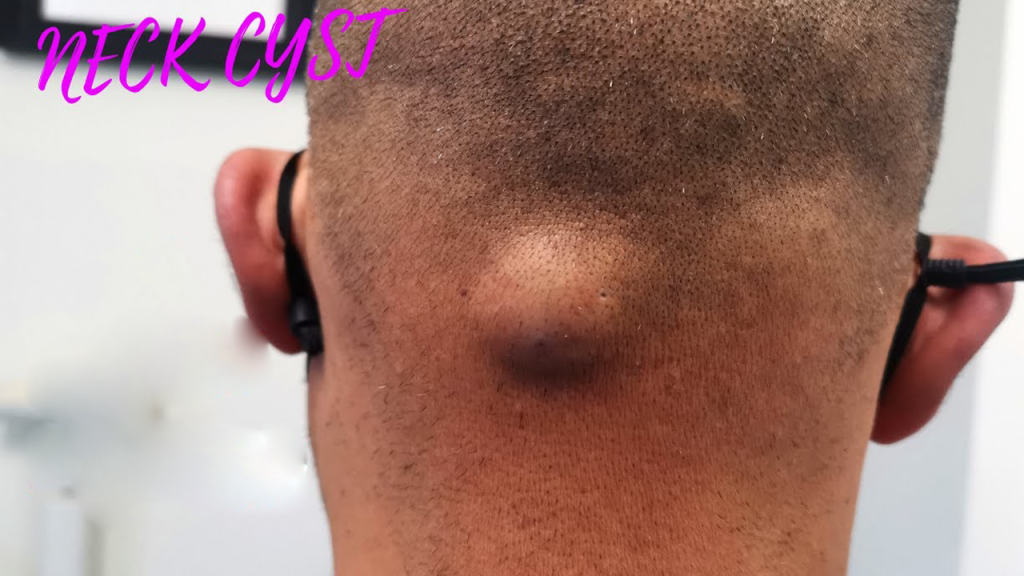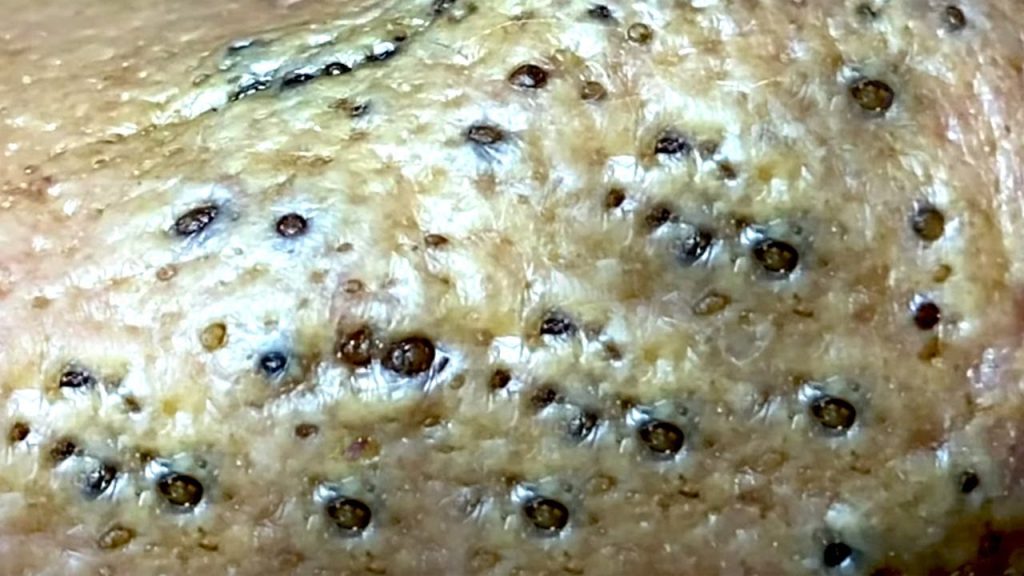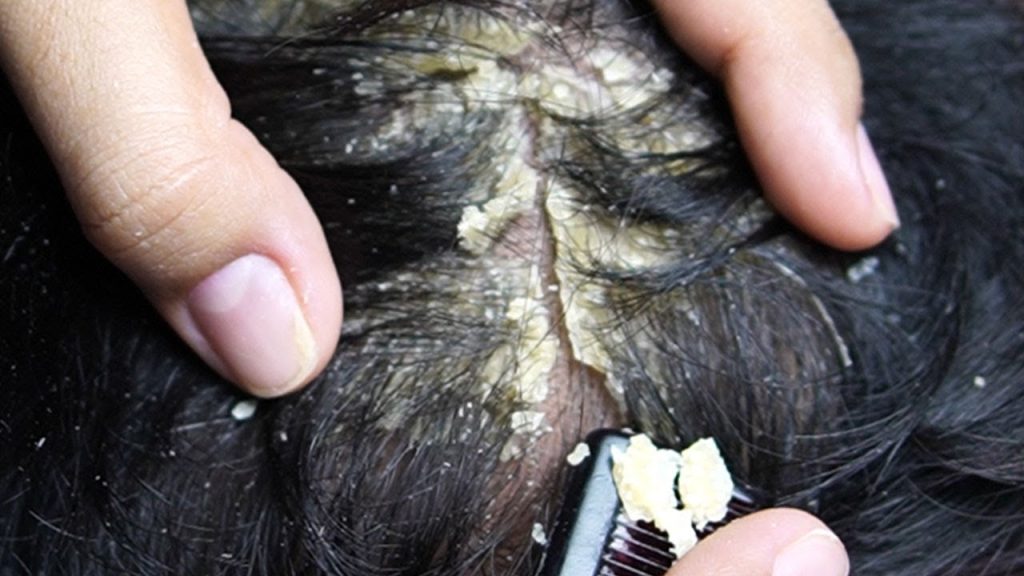Comments Off on Understanding Pilar Cysts

Characteristics:
- Appearance: Smooth, round, and firm lump under the skin.
- Size: Can range from small to very large (several centimeters in diameter).
- Location: Commonly found on the scalp but can occur elsewhere.
- Symptoms: Usually painless but may become tender, red, or swollen if infected.
Treatment Options for Large Pilar Cysts
1. Leave It Alone (If Symptom-Free):
- Pilar cysts are typically harmless and may not require treatment unless they grow large, cause discomfort, or become infected.
2. Home Care (Temporary Relief):
- Warm Compress: Apply a clean, warm compress to the cyst for 10-15 minutes, several times a day, to promote drainage if it starts to swell or feel tender.
- Avoid Picking or Squeezing: This can cause infection or make the cyst worse.
3. Professional Medical Treatment:
- Surgical Removal:
- A healthcare provider can remove the cyst through a minor surgical procedure, especially if it is large or bothersome.
- The area is numbed with local anesthesia, and the cyst is excised, often including the sac to prevent recurrence.
- Aspiration (Rarely Done):
- Fluid inside the cyst may be drained with a needle, but this does not remove the sac and may lead to recurrence.
- Treatment for Infection:
- If the cyst becomes infected, antibiotics may be prescribed, and the cyst may need to be drained before removal.
4. Aftercare:
- Keep the wound clean and dry.
- Follow the doctor’s instructions for dressing changes.
- Watch for signs of infection (e.g., redness, warmth, pus, or fever).
When to See a Doctor
Seek medical attention if:
- The cyst grows rapidly or becomes very large.
- There is redness, warmth, pain, or discharge, indicating infection.
- The cyst interferes with daily activities or causes cosmetic concerns.
Prevention Tips:
- Pilar cysts are often hereditary and may not be preventable.
- Maintaining good scalp hygiene and monitoring skin changes can help in early detection.



